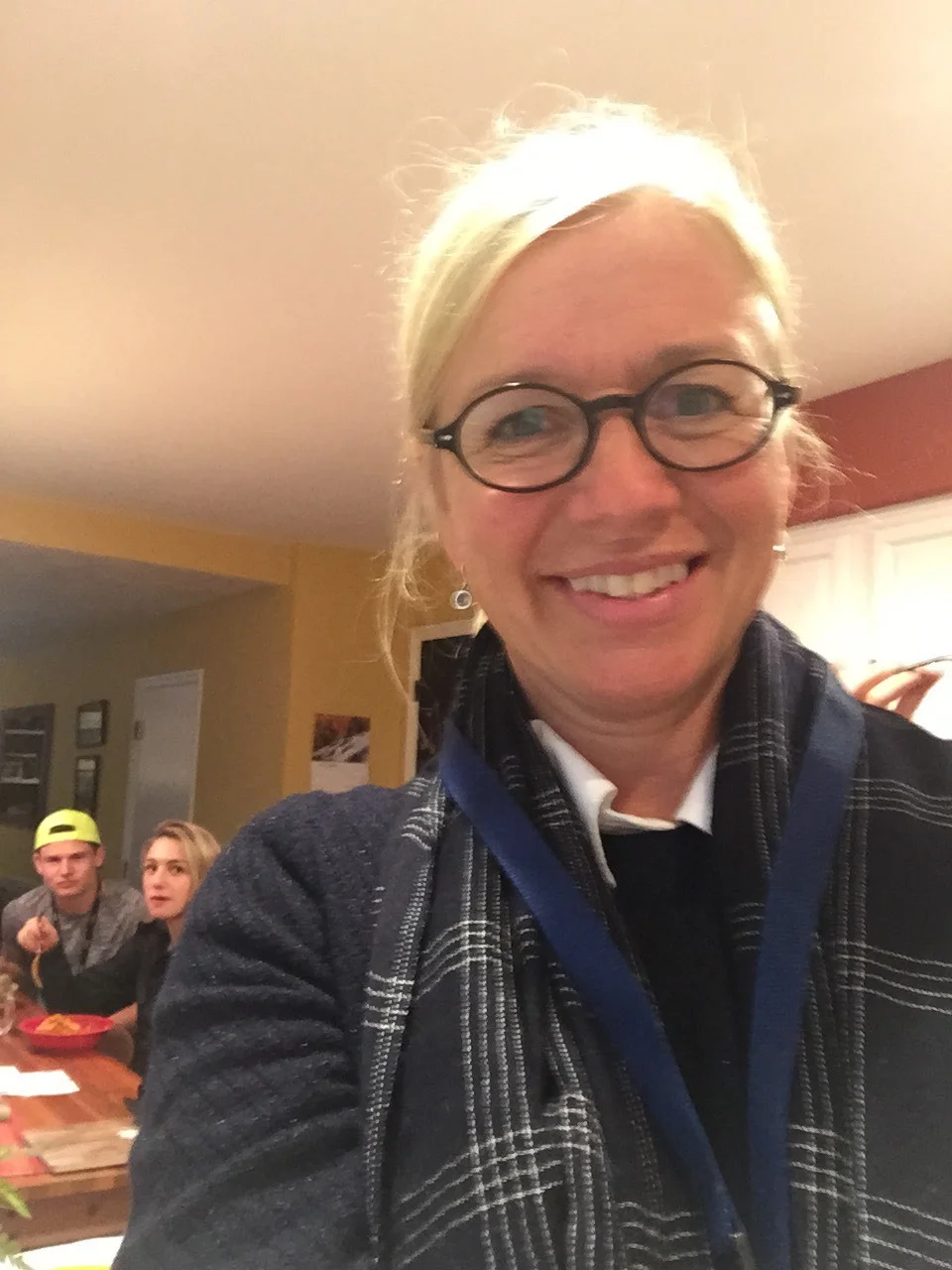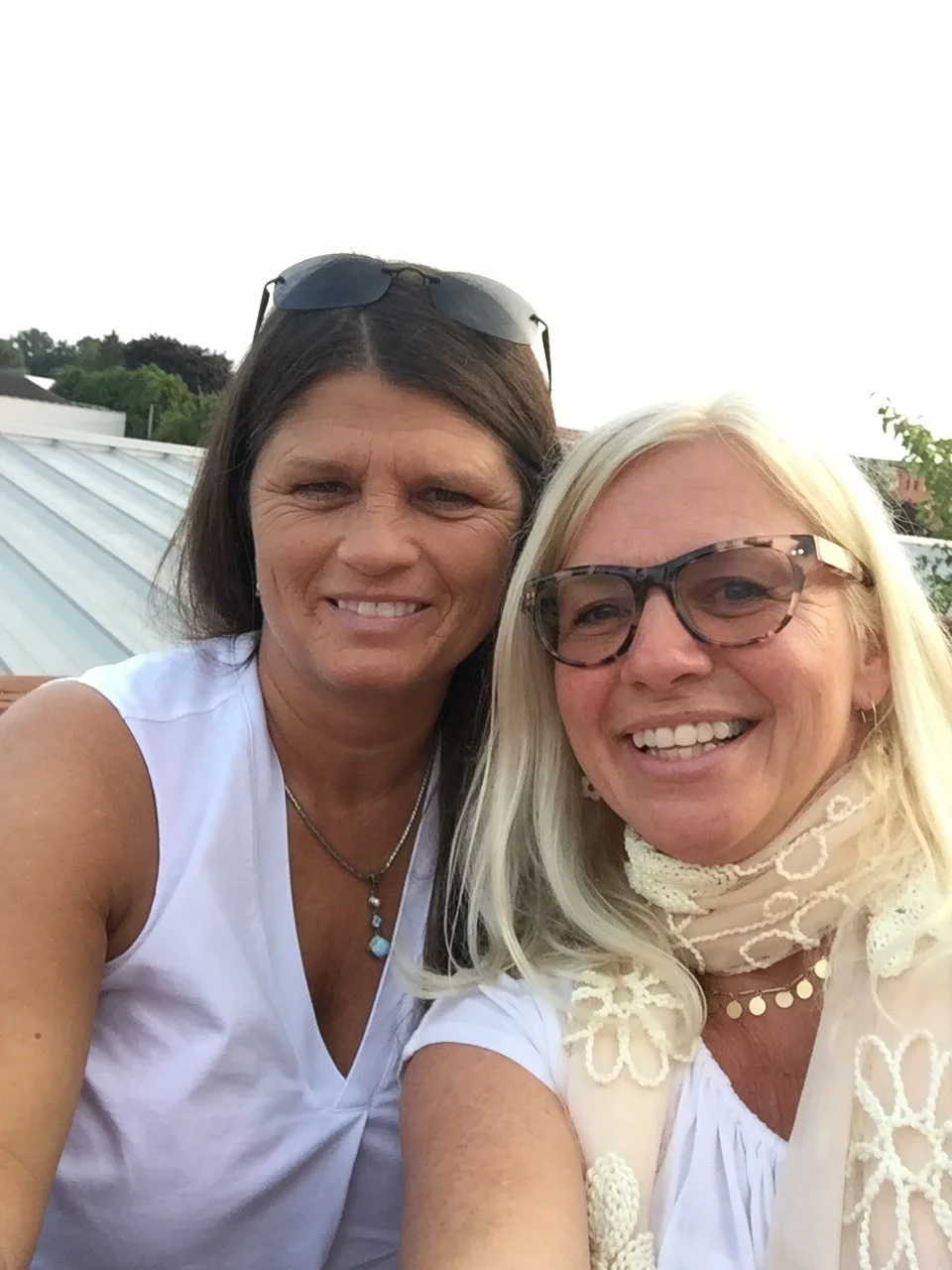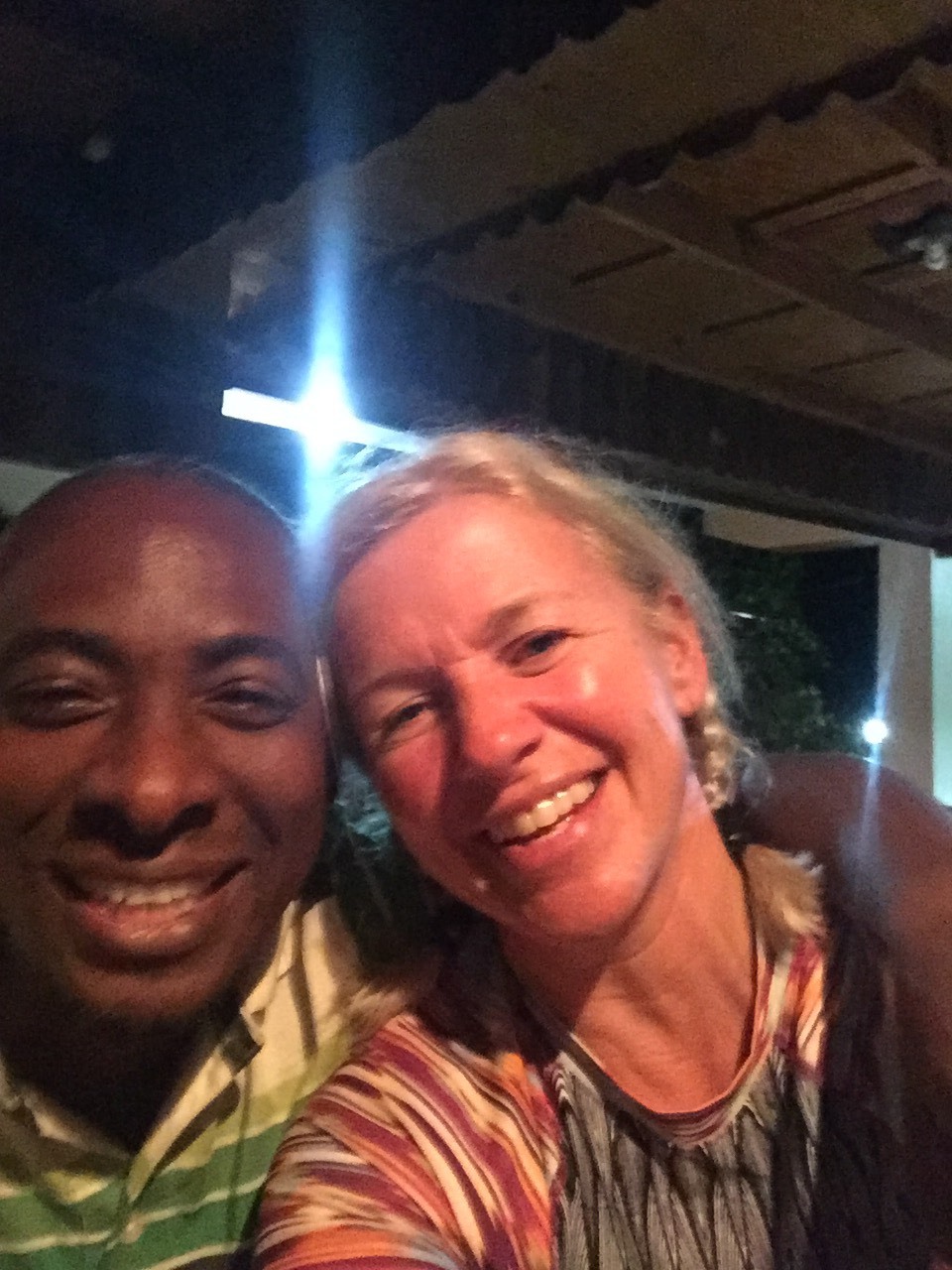Who is Sheila Wood?
Sheila Wood grew up the daughter of a single, German mother in South Haven, Michigan. She was raised Catholic and was taught the value of "work" by her mother. She has been a school teacher in mostly white districts. She has a husband who owns a bike store in Battle Creek, two children, ages seventeen and fifteen, and a step-daughter who is 29 with two babies of her own.
Excerpt of interview with Sheila Wood by Whitney Dow, 2017
Wood: [15:18:40] Well, I was too young to really separate myself from my reality and to take a distant look at it. However, I’m the daughter of an immigrant German so—my German mother was raised in World War II during the war and as an immigrant mother, we were actually poor. My mom was a waitress and I was the daughter of a broken family and an only child. So I remember my mom having a real struggle with black people, especially when we had—we had a duplex. And our home, we had an apartment and we would rent that out. I remember my mom literally being on the phone and saying to potential people who would call about the apartment, “Are you Black?” Yeah, really. So I knew that that was her value. That was her concern.
So I remember one time saying to her two things. One, I had a friend, a black friend at school and I invited her over and she was a very popular girl and I had her come over quite a bit. But there was some concern in my friends circle that this girl was stealing from everyone in the group. From their lockers and from different things and there was this kind of what I thought of as maybe a witch hunt going on. So my mom said, “We’re going to do something. We’re going to put this $20 bill under a bowl in the kitchen. And then we’re going to go upstairs and we’re going to see if she takes it.” And we literally went upstairs and we came down and she had taken it. It was one of those things where my mom compassionately called her out and said, “Look. This is what’s going on and we’ve caught you.” And she burst into tears and she was crying and she was, in retrospect, very manipulative. Like she ended up committing crimes in her adult life and such and dying young. But she definitely was found to have been doing this criminal behavior.
And so that was a blow to me. [sigh] “I really thought you were different. I didn’t think you fit into that mold of people as people characterized your race.” And then, cut forward to when I graduated high school at seventeen and I moved to Seattle, Washington. My mom had a tenant, her first black tenant. She had said on the phone before I left, “Are you black?” and I said, “Mom, you can’t do that. You’re going to be sued, arrested. You can’t do that.” She said, “You know what, Sheila? Literally I’m going to trust this woman. She’s a single mother. She’s had her job for a while. And I agree with you. I need to not.” This beautifully well-dressed woman came and lived, moved into the apartment, never paid rent. Never.
So these were two blows that came and they’re very vivid for me and they really reinforce a negative, but I also at the same time—I’m now a teacher and I work with students. We have almost an all-white school but we have kids who come to our school for the programs from other places where there’s poverty and poor, bad situations. They are my—I take them under my wing. I want them to have respect. I see them assimilating to a white culture and I see them eventually get tired of that, trying to be people that they’re not. It makes me sad and they write essays about it. “I saw myself changing to be like the white culture around me and losing a part of myself. And now I’m proud of who I am.”
I still believe people are individuals and that you have to take each person as an individual. You cannot say, just because that girl stole from us, doesn’t mean everybody’s going to steal from us. Or just because that woman didn’t pay rent doesn’t mean everybody’s not going to pay rent. And it just reinforces for me an idea that—I almost resent a little bit being classified if I say something that I observe that seems to fit with some sort of stereotype out there, but I like to go by what I see. Individually. One on one, one person at a time.
Interview Transcript
Participant-Submitted Photos





